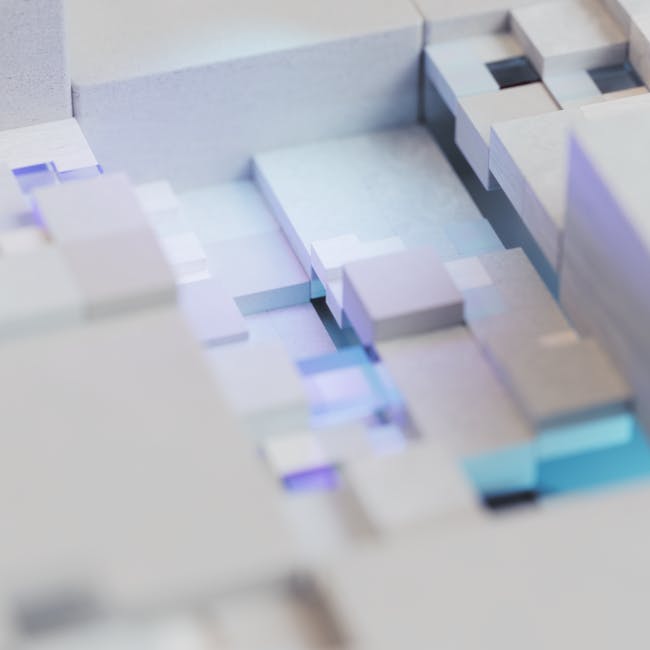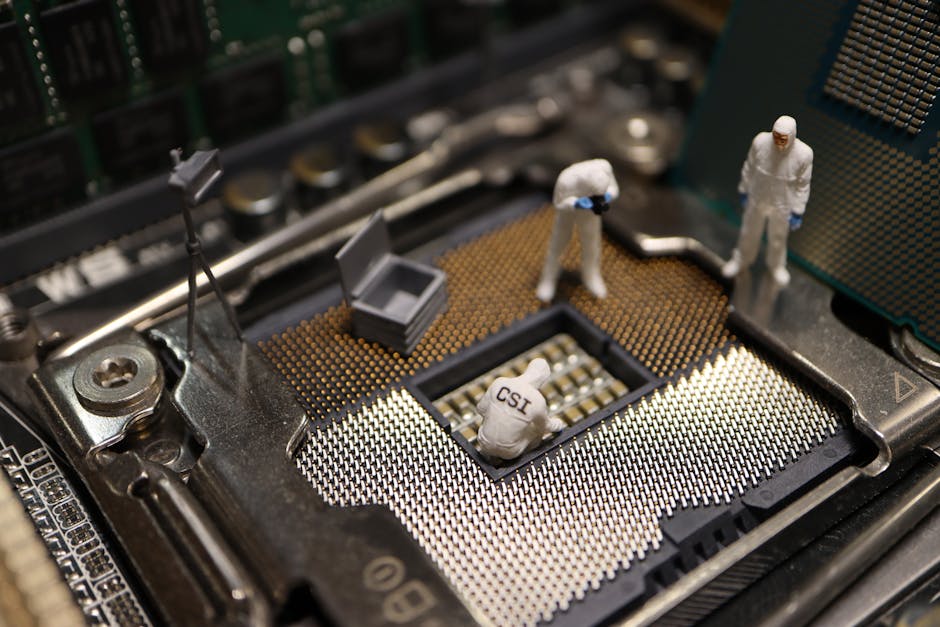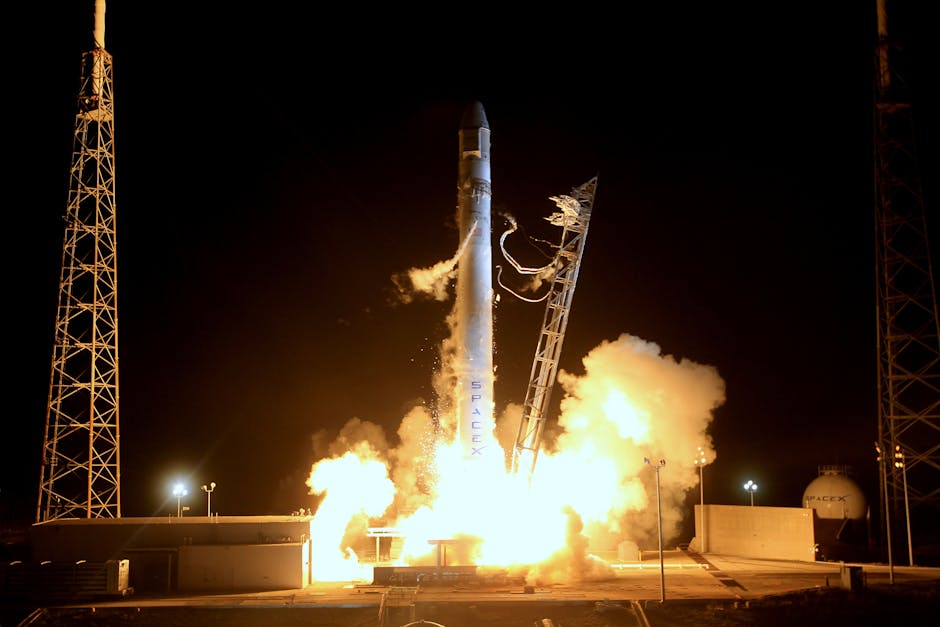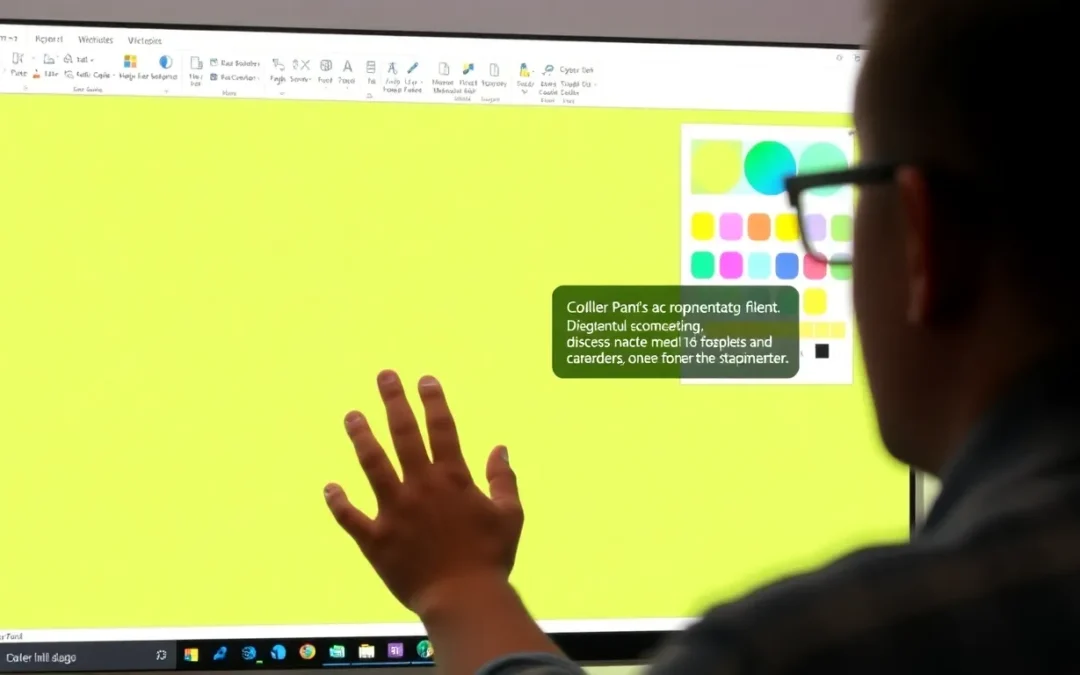You’ll learn to improve AI models when you read this article. The research from Goodfire.ai provides a new window into how AI language models function. By analyzing the neural pathways within these models, researchers have discovered a clear separation between memorization and reasoning. This finding challenges previous assumptions about how AI processes information. The implications of this discovery are significant, offering a path to improve the way AI systems learn and solve problems. The study, which focused on models like the OLMo-7B, reveals that distinct neural circuits are responsible for these two key functions.
Table of Contents
- Unveiling the Dual Nature of AI: Memorization and Reasoning
- Dissecting the AI Brain: Separating Memorization from Reasoning
- The Arithmetic Enigma: Memorization’s Unexpected Partner
- Navigating the Neural Terrain: A Deeper Dive
- The Spectrum of AI Mechanisms: Diverse Task Performance
- Conclusion: Charting the Future Landscape
We Also Published
Unveiling the Dual Nature of AI: Memorization and Reasoning
In the rapidly evolving realm of artificial intelligence, understanding the inner workings of large language models (LLMs) is crucial. Recent breakthroughs suggest that these models don’t just ‘think’ in a singular way; rather, they employ distinct neural pathways for different cognitive functions. This article delves into the groundbreaking research from Goodfire.ai, offering fresh insights into how LLMs like GPT-5 process information, specifically differentiating between memorization and reasoning.
Dissecting the AI Brain: Separating Memorization from Reasoning
The core of Goodfire.ai’s research centers on the critical distinction between memorization and reasoning within AI models. They’ve discovered that these functions are not intertwined but are instead processed through separate neural pathways. To explore this, the researchers focused on the Allen Institute for AI’s OLMo-7B model, a complex LLM. The team’s approach involved examining the model’s ‘weights’—the mathematical values that govern information processing—and measuring a property called ‘curvature,’ which reflects the sensitivity of the model’s performance to changes in those weights.
The Curvature Code: Unveiling Neural Pathways
The researchers employed a technique known as K-FAC (Kronecker-Factored Approximate Curvature) to analyze the ‘loss landscape’ of the AI model. This landscape is a visual representation of how accurate the model’s predictions are, based on its internal settings. By assessing the curvature of this landscape, the researchers could identify which components of the model were associated with memorization versus reasoning.
High curvature indicates that small adjustments in the model’s settings can significantly affect its performance, whereas low curvature suggests that changes have a minimal impact. The study revealed that components responsible for memorization exhibited low curvature, whereas those involved in reasoning displayed high curvature. This disparity allowed the researchers to surgically remove memorization capabilities while preserving the model’s reasoning abilities.
The Arithmetic Enigma: Memorization’s Unexpected Partner
One of the most surprising findings was that arithmetic operations seemed to share neural pathways with memorization rather than reasoning. When the memorization circuits were removed, the model’s mathematical performance plummeted, while logical tasks remained largely unaffected. This discovery casts light on the challenges LLMs face with mathematical computations, suggesting that they often rely on memorized facts rather than genuine computation.
The Implications of Pathway Separation
The separation of these pathways has significant implications for how we understand and develop AI. It suggests that enhancing an AI model’s reasoning capabilities may not necessarily improve its ability to perform arithmetic. This also implies that current LLMs treat ‘2+2=4’ more like a memorized fact than a logical deduction. The research highlights the need for more specialized architectures and training methods to improve AI’s mathematical prowess.
Navigating the Neural Terrain: A Deeper Dive
To further understand the Goodfire.ai research, it is helpful to grasp the concept of the ‘loss landscape.’ This landscape visualizes how correct or incorrect an AI model’s predictions are as its internal settings are adjusted. During the training phase, AI models essentially move downhill in this landscape, adjusting their weights to locate the valleys where they make the fewest errors. The curvature of the loss landscape provides valuable insights into the roles different neural network components play.
The K-FAC Advantage: Precision in Memorization Removal
The K-FAC technique proved highly effective in distinguishing between memorization and reasoning. Individual memorized facts create sharp spikes in the loss landscape, while reasoning abilities that rely on multiple inputs maintain consistent curves. This allowed the researchers to selectively remove the components associated with memorization without affecting reasoning skills. The researchers’ results show that the K-FAC method outperformed existing memorization removal techniques, achieving significant improvements in eliminating memorized content.
The Spectrum of AI Mechanisms: Diverse Task Performance
The researchers validated their findings across various AI systems, including vision models. They discovered that the mechanism separation varied depending on the type of information. Common facts, such as country capitals, were relatively unaffected by the editing process, while rare facts, like company CEOs, saw a significant drop in performance. This suggests that AI models allocate neural resources based on the frequency of information in their training data.
Limits and Future Directions
Despite the advancements, the researchers acknowledge that their technique has limitations. Memories, once removed, could potentially return with additional training. Additionally, it remains unclear why some abilities, like math, are so closely tied to memorization. The mathematical tools used to measure the model’s ‘landscape’ can become unreliable at the extremes, although this does not affect the actual editing process.
Conclusion: Charting the Future Landscape
Goodfire.ai’s research marks a significant step in understanding how AI models process information. By distinguishing between memorization and reasoning pathways, they’ve opened doors for more targeted AI development. This research provides a new pathway to improve the performance of language models. This research may change how engineers {{improve AI models}} and how we understand the complex cognitive abilities of these models. As AI technology continues to evolve, further exploration of these neural pathways will be essential for unlocking the full potential of artificial intelligence.
| Feature | Description | Impact |
|---|---|---|
| Memorization | Reciting exact text or data from the training set. | Severely impacted by the removal of memorization pathways. |
| Reasoning | Solving new problems using general principles. | Remained largely intact after memorization pathways were removed. |
| Arithmetic Operations | Mathematical calculations. | Performance dropped significantly when memorization pathways were removed, suggesting these rely on memorized facts rather than computation. |
| K-FAC Technique | Method used to analyze the ‘loss landscape’ and identify memorization vs. reasoning pathways. | Outperformed existing memorization removal methods. |
Also Read
From our network :
- JD Vance Charlie Kirk: Tribute and Political Strategy
- Optimizing String Concatenation in JavaScript: Template Literals, Join, and Performance tips
- Limits: The Squeeze Theorem Explained
- Limit Superior and Inferior
- Bitcoin Hits $100K: Crypto News Digest
- Economic Importance of Soybeans in America: The $60 Billion Crop That Feeds the World
- Optimizing String Concatenation in Shell Scripts: quotes, arrays, and efficiency
- The Diverse Types of Convergence in Mathematics
- Bitcoin price analysis: Market signals after a muted weekend
RESOURCES
- How your data is used to improve model performance | OpenAI Help ...
- How is AI supposed to get better in the future if its used up all the ...
- Improving AI models for rare thyroid cancer subtype by text guided ...
- Just curious how do AI models keep improving? Eventually, there ...
- Improve the performance of your document processing model - AI ...
- Researchers reduce bias in AI models while preserving or improving ...
- Continuously improve your model (preview) - AI Builder | Microsoft ...
- Artificial Intelligence Models Improve Efficiency of Battery ...
- How to Improve Your AI Model's Accuracy: Expert Tips|Keymakr
- Are better models better? — Benedict Evans
- Uncalibrated Models Can Improve Human-AI Collaboration
- Getting started with prompts for text-based Generative AI tools ...
- AI model optimization: How to do it and why it matters | TechTarget
- Databricks Has a Trick That Lets AI Models Improve Themselves ...
- AI models are here. Can they actually improve fashion ...








0 Comments